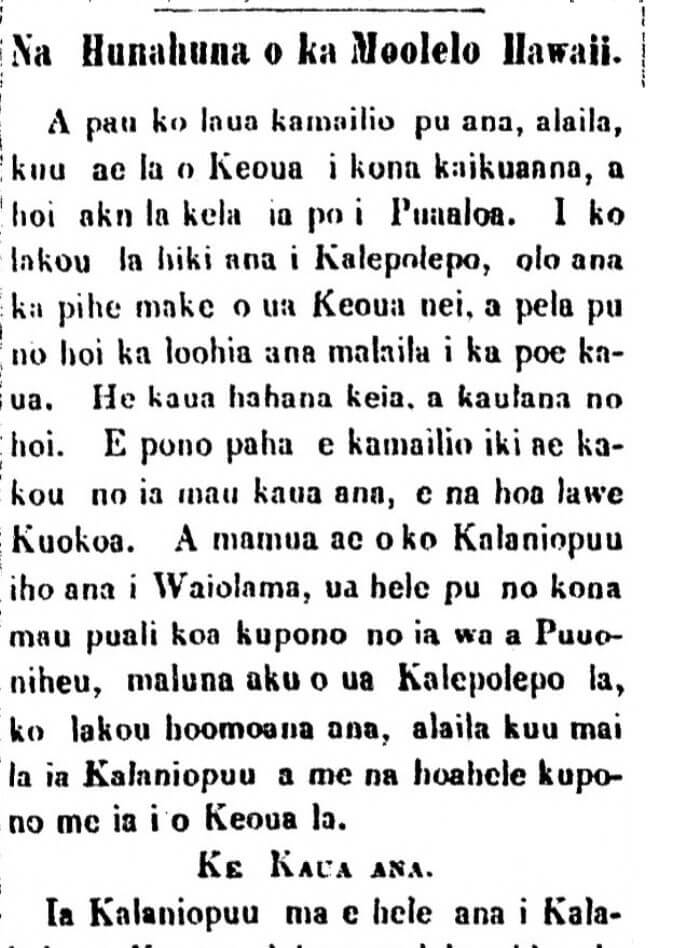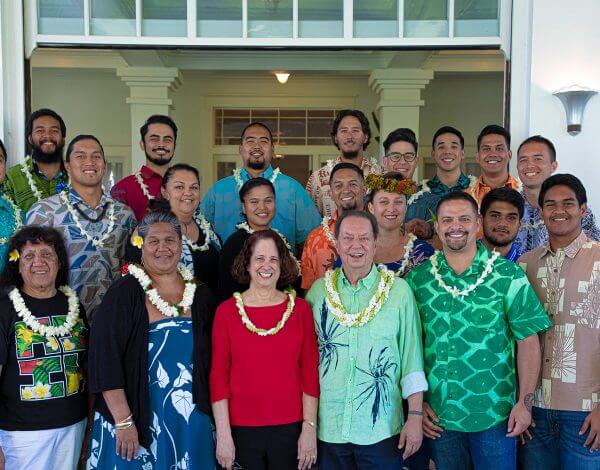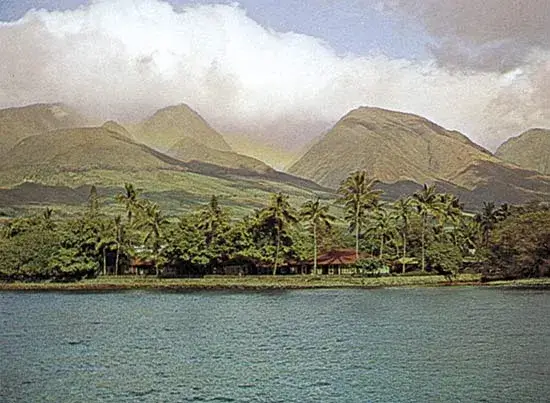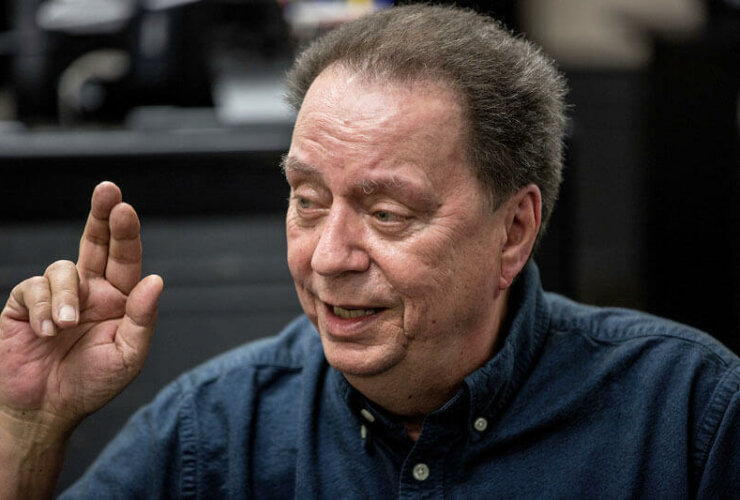Front row l-r:Loretta Ritte, Lolena Nicholas, Kauʻi Sai-Dudoit, Gussie Schubert, Puakea Nogelmeier, Haʻalilio Solomon, Heuaʻolu Sai-Dudoit. — 2nd row: Nāhulu Maioho, Līhau Maioho, Aolani Kailihou, Kalei Roberts, Kamuela yim, Hina Kneubuhl, Hilinaʻi Sai-Dudoit, Jon Yasuda. — 3rd row: Kainoa Pestana, Kaʻiu Damas, Pāʻani Kelson, Kahoʻokahi Kanuha, Pili Kamakea-Young, Kaliko Martin, Keawe Goodhue.
Awaiaulu provides a mentorship training in translation that progresses in 2-year phases. Upon completion of a training phase, trainees can go on to train as trainers and then as mentors.
 At the close of Translation Training Phase II, both trainers and all four trainees committed to another two year phase of mentorship training, each taking on a new level. Kalei Roberts and Kamuela Yim became mentors-in-training, while Haʻalilio Solomon, Līhau Maioho, Nāhulu Maioho, and Pilialoha Kamakea-Young became translation trainers. Nine (9) new trainees were selected from among a body of applicants: Hina Kneubuhl, Jon Yasuda, Aolani Kaʻilihou, Pāʻani Kelson, Kainoa Pestana, Keawe Goodhue, Kahoʻokahi Kanuha, Kaʻiuokalani Damas, and Kalikoaloha Martin.
At the close of Translation Training Phase II, both trainers and all four trainees committed to another two year phase of mentorship training, each taking on a new level. Kalei Roberts and Kamuela Yim became mentors-in-training, while Haʻalilio Solomon, Līhau Maioho, Nāhulu Maioho, and Pilialoha Kamakea-Young became translation trainers. Nine (9) new trainees were selected from among a body of applicants: Hina Kneubuhl, Jon Yasuda, Aolani Kaʻilihou, Pāʻani Kelson, Kainoa Pestana, Keawe Goodhue, Kahoʻokahi Kanuha, Kaʻiuokalani Damas, and Kalikoaloha Martin.
In phase III, two separate teams have been established, working with two separate source texts from the 1860s newspapers – the 75 historical and biographical articles by John Papa ʻĪʻī and the last 60 historical and cultural articles by Samuel M. Kamakau. Each team is led by a mentor-in-training, with two trainers and 4 trainees. An initial 2-month orientation included translation theory and practice, using selected articles for reading and discussion, along with translation exercises that introduced the varying qualities of language and writing styles found in the historical repository.
The functional operation of the translation training is similar to that followed in Translation Training Phase II. The training calendar for the duration of the project was: orientation-2 months, translation-12 months, editing-6 months, and manuscript preparation-4 months. Weekly schedules include individual work, small group editing meetings under the trainers, and large group sessions led by mentors-in-training under Dr. Nogelmeier’s guidance and participation. Team translations are presented while the other participants follow the source text and the mentor’s line-by-line review. This process provides opportunities for extended discussion on such points as vocabulary, grammar, cultural considerations, and historical context.
Examples of the source texts for Hui ʻĪʻī and Hui Kamakau are below:
Hui ʻĪʻī:

Hui Kamakau:

Translation Training Phase III, song translation video clips:
At one of our retreats held at Laehala, Keaukaha, Hawaiʻi, the team was given 30 minutes to make teams, pick a Disney or other song and translate it into Hawaiian and then perform it. This assignment was designed to stretch their skill to match a tune, follow a beat and rhyme in Hawaiian while maintaining the meaning or message of the song. It was a great assignment and we had fun with it while learning to stretch their abilities outside of the comfort zones.
Awaiaulu at Washington Place:
Two part series of the 2019 Hawaiian Language presentation, held at Washington Place.



